Search Results for 'Erskine Childers'
6 results found.
NPWS opens new Connemara Pony Heritage Centre at Connemara National Park
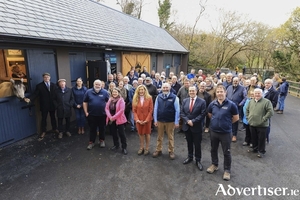
The National Parks and Wildlife Service (NPWS) has revealed a new and unique cultural and visitor experience at Connemara National Park, entitled the “Connemara Pony Heritage Centre” which was opened last Friday by Deputy John Connolly, Fianna Fáil TD.
Leisureland, fifty years old
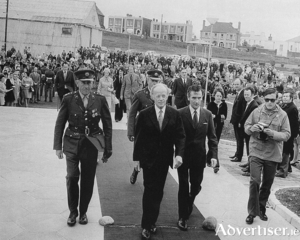
The front page story on the first ever issue of the Galway Advertiser in 1970 was about the announcement of plans for a proposed new leisure centre to be situated between Revagh Road in Rockbarton and the Promenade.
‘The girl we left behind us’
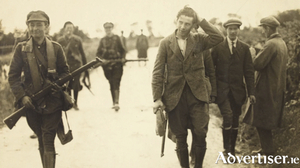
In the immediate aftermath of the recapture of Clifden by the anti-Treaty forces on Sunday 29 October 1922, the town was in a mess. Every house on Main Street had its windows and doors shattered. The streets were littered with glass as a result of explosions. In the houses opposite the barracks ‘not a picture remained on the walls, nor a piece of furniture unscathed’. Porter and spirits ‘flowed out the door’ of Lavelle’s pub. The ‘armoured car’, which had caused so much surprise, and gave cover to allow bombs to be placed, was removed and abandoned at Killery. It was noted that for the first time in living memory there were no church services in Clifden that Sunday.
Monsignor McAlpine would not take orders from boys he had baptised
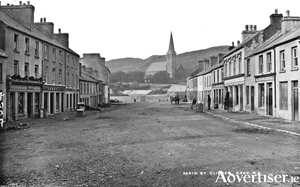
After sporadic fighting in Galway during the summer of 1922, and the occupation of some buildings in the town, including the old RIC barracks in Eglington Street, and the former Connaught Ranger barracks at Renmore, the anti-Treaty forces withdrew into Connermara, and into the east Galway countryside.
Dredging the Docks, 1963
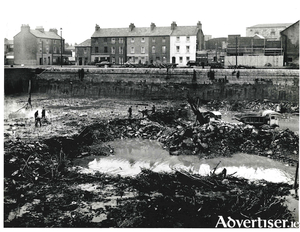
Since Galway Docks were first constructed, they have undergone many changes. In the decade before the last world war, when transalantic liners were regular callers at the port, and when a fairly thriving coastal trade was being carried out, plans were prepared for the port so that Galway might cater more efficiently for sea traffic. There was a major scheme to build the Dún Aengus dock, the new pier, and to deepen the channel from 1937 to 1939. This meant the removal of thousands of tons of mud, soft materials, and granite. Most of this material was dumped near Hare Island. The work took longer than it should, mostly because of industrial disputes, but it was finally completed in 1939. Two units of the contractor’s equipment, a rock breaker and a floating crane, lay in the Commercial Dock throughout the war years.
Ireland could have been a world war battlefield
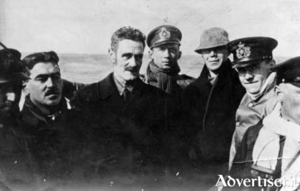
In the early hours of Friday April 21 1916, two days before the Easter Rising was scheduled to begin, a German submarine surfaced off the Kerry coast, and three men set out for the shore in a small dinghy. On board were Sir Roger Casement, and two other men Robert Monteith and Daniel Bailey. As they neared the shore the dinghy capsized, and the men arrived on Banna Strand in Tralee Bay, drenched and exhausted.

